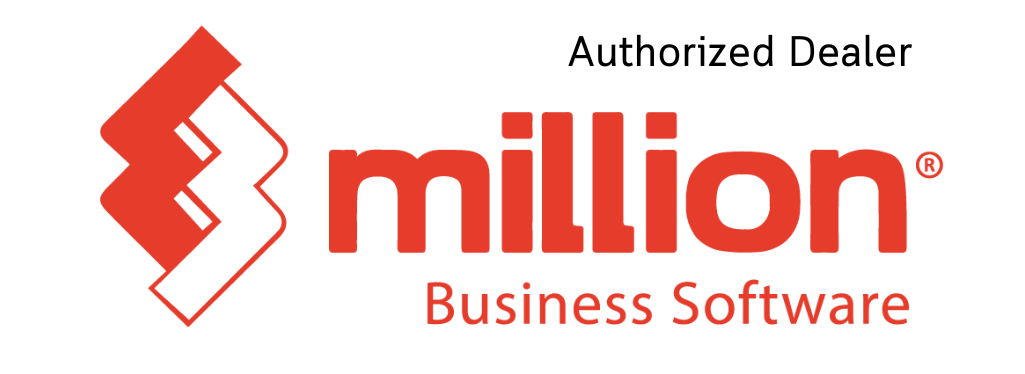Keeping an eye on your website’s spam score is really important. If it’s high, it can hurt how well your site shows up in search results and what people think about it. This guide will show you some easy ways to check your website’s spam score and make sure it’s doing okay.
5 effective steps to check spam score
Use Online Tools
There are lots of tools online that can check your website’s spam score fast. Some popular ones are Moz’s Spam Score, SEMrush’s Backlink Audit Tool, and Ahrefs’ Site Explorer. These tools look at the links coming to your site and give it a score based on how good those links are.
Google Search Console

Google Search Console is a free tool from Google that helps you see how your website is doing in search results. You can go to the “Links” section and check the “External Links” report. While Google doesn’t give you a spam score, you can see if there are any bad links pointing to your site and do something about them.
Manual Review
Take a look at the links pointing to your website yourself. See if there are any links from websites that don’t seem good or have nothing to do with yours. Also, check if there are too many links with the same words in them, which could mean someone’s trying to trick search engines.
Evaluate Anchor Text Distribution
Look at the words used in the links pointing to your site. If there are too many links with the same words, it might look suspicious to search engines. Try to have a mix of different words in your links.
Consider Content Quality
Think about the stuff on your website. Is it helpful and interesting for people? Good content attracts good links. Bad or irrelevant content can attract spammy links.
Monitor Website Performance

Keep an eye on how your website is doing in search results and how many people are visiting it. If you see a sudden drop in rankings or traffic, it could mean there are bad links hurting your site. Tools like Google Analytics can help you track these things.
Conclusion
Checking your website’s spam score is super important for its success. By using online tools, Google Search Console, doing manual checks, looking at anchor text, making good content, and keeping an eye on your website’s performance, you can find and fix any bad links that might be hurting your site. Doing this helps keep your site trustworthy and doing well in search results.
What happens to the website if a high spam score?
Decreased Search Engine Rankings
Search engines like Google prefer websites with good content and trustworthy links. But if your site has a high spam score, it tells search engines that your site might not be reliable. This can make your site show up lower in search results, so fewer people see it.
Negative Impact on User Trust
When your website has a high spam score, it can make visitors trust it less. If they see spammy content or links that don’t make sense, they might think your site isn’t trustworthy. This can make them leave your site quickly, and you could lose potential customers or readers.
Penalties from Search Engines
Big search engines like Google don’t like websites with high spam scores. They might give your site a penalty or even remove it from search results completely. This can be really bad for your website because it’s hard to get back in good standing with search engines once you’ve been penalized.
Damage to Brand Reputation
Having a high spam score can hurt your brand’s reputation. People might think your brand is associated with spam or low-quality content. This can make them think poorly of your products or services and make it hard for you to keep customers.
Increased Security Risks
Spammy links and content on your website can also put visitors at risk. They might get directed to unsafe websites or pages that have viruses. And having spammy content can attract hackers who want to exploit weaknesses in your website’s security.
Conclusion
A high spam score on your website can cause big problems, like lower search engine rankings, less trust from visitors, penalties from search engines, damage to your brand’s reputation, and even security risks. It’s really important to check for and fix any spammy content or links on your site regularly. By doing this, you can protect your website’s reputation and keep it safe for visitors.



